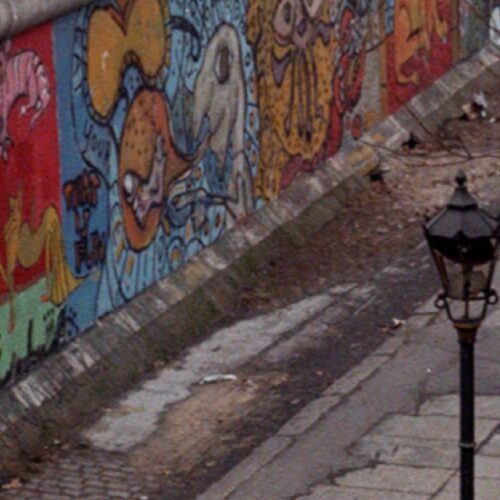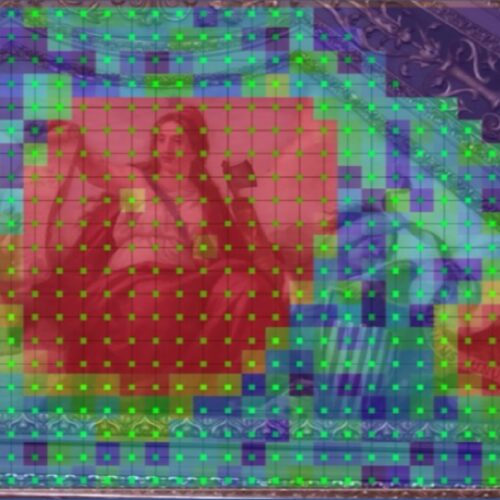AI helps ID paint chemistry of Berlin Wall murals
The fall of the Berlin Wall in November 1989 was a seminal moment in 20th century history, paving the way for German reunification. Many segments, both large and small, were preserved for posterity—including portions covered in graffiti or murals. A team of Italian scientists used a combination of spectroscopic analysis and machine learning to study paint chips from wall fragments to learn more about the chemistry of the paints and pigments used, according to a new paper published in the Journal of the American Chemical Society.
There has been increased attention in recent years to preserving street art, which is vulnerable both to degradation over time as well as deliberate vandalism. For instance, in 2021, Italian chemists figured out how to use hydrogels to remove added graffiti from vandalized murals in Florence. (Over-painting by vandals is so chemically similar to the original painting underneath that it is difficult to selectively remove just the over-painting without damaging the original.) Unlike most classic masterpieces of the past, created with paints designed to last centuries, street art is more ephemeral in nature, using materials that lack such longevity.
In many cases, like the Berlin Wall, the painters didn't bother to document the specific materials they used, their application techniques, or other useful information that conservators could use to restore or conserve street art. Modern painting materials are also much more complex, and manufacturers typically do not report specific information on the composition of those materials.


© Thierry Noir/CC BY-SA 3.0

